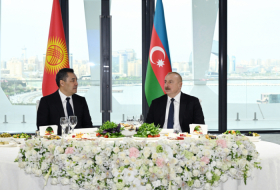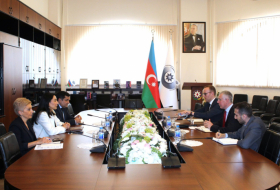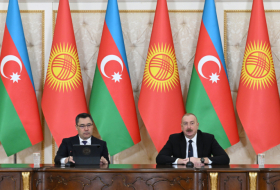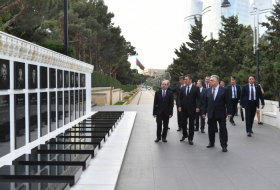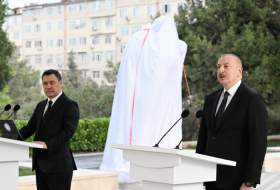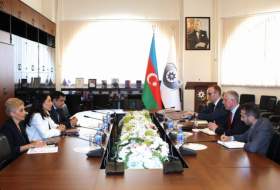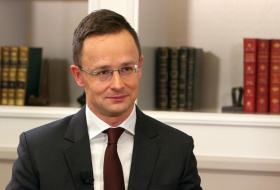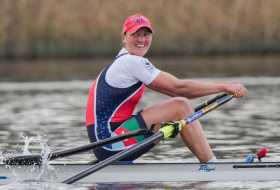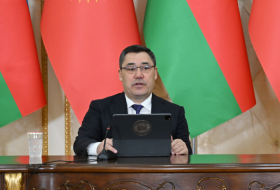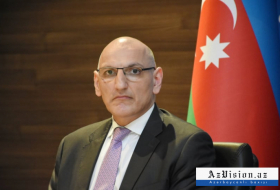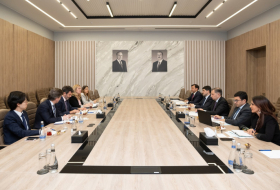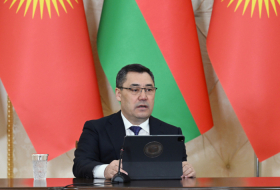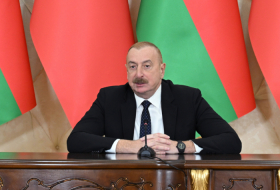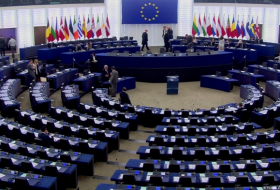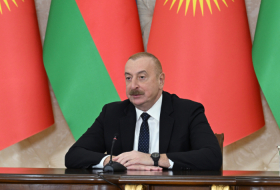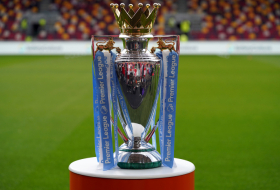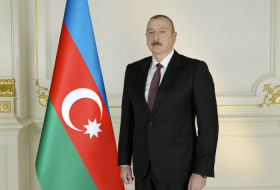1915 Displacement Through The Eyes Of Turkish Witnesses - PART 1
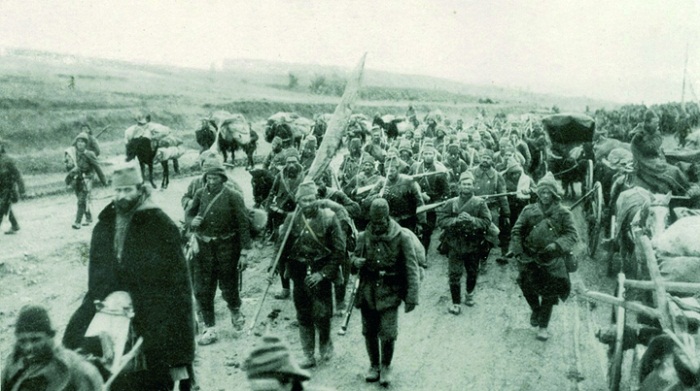
Father`s Name : Cimsid
Mother`s name : Fatma
Place of Birth: Van
Date of Birth: 1901
The Russians were providing weapons for the Armenian bandits. With military assistance of Russia and encouragement of England, France and the United States -all had consulates in Van- Armenians increased their hostilities in the beginning of 1915. The Russians were secretly providing them weapons hidden in food supplies, which they sent to Russia through the port of Trabzon. Those supplies were transported by caravans to Van. The goods on the caravans were distributed in the centre of the old city, and the hidden ammunition was secretly distributed to the Armenian militants. The leader of the Armenian revolt in Van was Aram Pasha. But I don`t remember the name of the Dashnaks’ leader. They all had land claims, especially in Van. The 11th squadron was assigned to Van, but went to Erzurum to be mobilised. The Armenian bandits increased their activities and started their terrorist campaigns against the Muslim inhabitants.
The militants were raiding the Muslim villages and neighbourhoods. The only thing we had to fight them with was a militia led by Imam Osman, composed of those either too old or too young to join the army.
Let me tell you a story which I will never forget. I went to a school located near the government mansion. Armenian children also studied at the same school. Some of the students in the Armenian underground went to get a Muslim student named Rustu from his home with an excuse of studying. They took him to the Isitma bridge near the industrial park. After insulting him, they raped and killed him, leaving his body for his family to find the next day. The family later composed a ballad to honour his memory.
I can remember the beginning of the skirmishes between the Muslims and Armenians. Our militia, which would meet in the Mahmut Aga barracks across the street from the Van State Hospital, was on duty, a day before the war with the Armenians started. The Armenians prepared the night before and positioned themselves. They dug holes in the State Mansion, and when our militia was preparing for morning prayer at a fountain nearby, the Armenians showered them with bullets. Many of our soldiers were killed. The fighting between local Muslims and Armenians began. There was a big confusion in the streets from both sides. Despite this, we got up and went to school. We had two teachers, one from Salonica, one from Edirne. They said "Come on kids, let`s all forgive each other, we might not see each other again" and suggested we use the side streets to avoid Armenian bullets. I left school with some friends, but decided to take our regular route. We saw that weapons and ammunition were being distributed in front of a storage area for protection against the Armenians. We then noticed a few Armenians creeping up from behind, and notified the man distributing the weapons. He threw them down in his hand and fired on them, and they ran away.
The war started on April 2 and 3 in 1915. In 1914, the Russians were not able to penetrate the front line, but they surrounded our soldiers from behind by passing Caldiran-Bahcesaray, and established headquarters in the Molla Hasan village.
It was difficult to provide our soldiers with military supplies since the young students and elderly people carrying the equipment could not go further because of the cold weather. Many of them died.
We couldn`t go anywhere. But in the spring the Armenians went completely crazy. On May 10, 1915, the Russians were moving towards Van. With Governor Cevdet`s orders we evacuated Van, taking with us what we could carry. During the war, Armenian brutality reached a stage that no one, including the old, sick, captive, women or children could escape. The atrocities reached the degree that even the Armenians` main supporters, the Russians, were trying to prohibit their actions.
My grandmother Mihri couldn`t flee with us because one of my uncles was paralysed from the waist down. Unable to speak because of the shock of what happened in our absence, she later learned to speak by sign in order to explain what happened. They shaved my uncle`s moustache along with his flesh, and then took them to a house which they used as a detention centre and tortured him and the other captives until the Russians arrived.
When we became refugees there were 23 members of our family. We lost most of our family on the road to Bitlis and Urfa. Only two of us returned to Van. Our first stop on the road was Bitlis where we arrived in eleven days, and then went to Siirt, where we had relatives with whom we stayed for a few months. When we heard about the Russian advance, we again fled to Diyarbakir. Our convoy consisted of 250 people. We suffered from hunger and thirst on the way. We went through Kurtalan and Diyarbakir and the village of Kebir, where we did not stay long, and again took the road to return to Van. When we reached Kurtalan, we learned that the Russians had entered Van again and went to Siirt. In the spring of 1916, we went to Baghdad, but fled to Mardin when the English Army advanced. In 1917, we arrived to Urfa. The French who entered Urfa started tormenting the Muslims by bringing the Armenian of Aleppo to the city. This time we fought for twenty-two days.
We left Van in 1915. When we were finally able to return, only two people remained from the 23-membered family. Van was totally destroyed. The Armenians burned and demolished everything except for the Armenian houses. In fact, when the Turkish army entered Van, around 2.000 Armenian artisans, expecting retaliation for their repression of the Turkish population, sought refuge on the island of Adir. The Turkish government instead ensured their safe passage to Revan.








